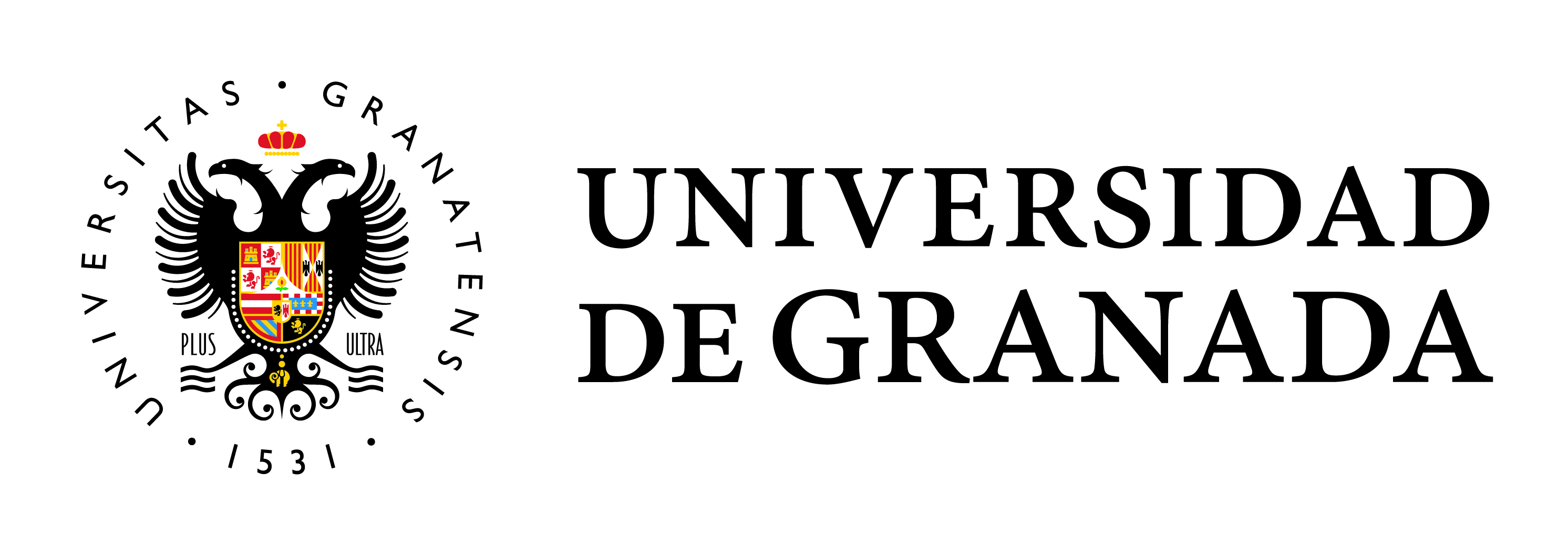Mapping method for the integrated analysis of gentrification and touristification: the case of Málaga (Spain)
Contenu de l'article principal
Résumé
Since the 1960s, the productive model of Málaga has been pointed toward tourism. The redevelopment of the historic centre of the city and the increasing specialization of some areas in services linked to tourism have created several negative consequences on the habitability and the identity of those areas. This work aims at developing a methodology that allows measuring, individually, the spatial influence and intensity of gentrification and touristification. The final goal is join together both urban processes in a map, also including the evolution of their variables over time. The method allows delimiting areas where both processes overlap. The results show a strong gentrification and touristification in the historic centre of Málaga, also observed along the main road axis and the coastline. In addition, touristification is higher in the areas adjacent to the historic centre whereas gentrification is observed in squares with special architectural characteristics.


